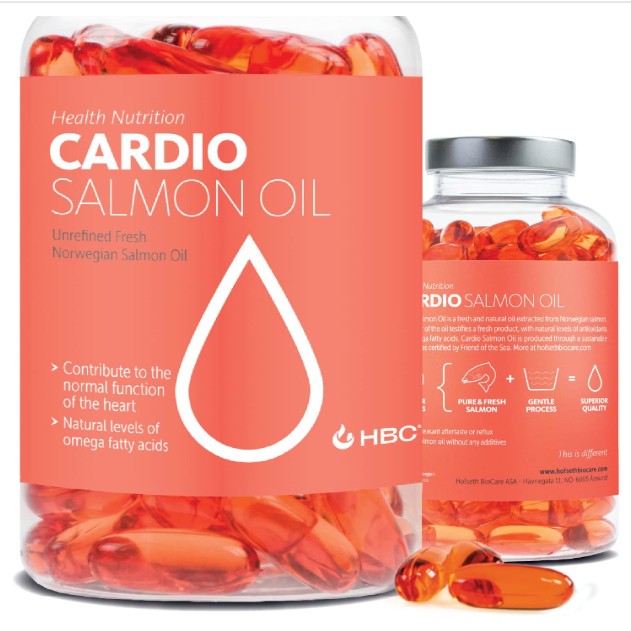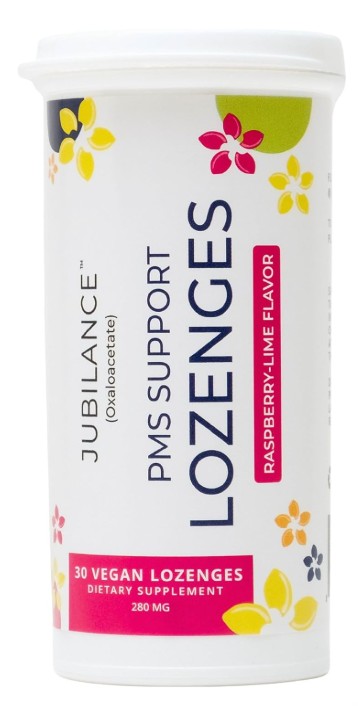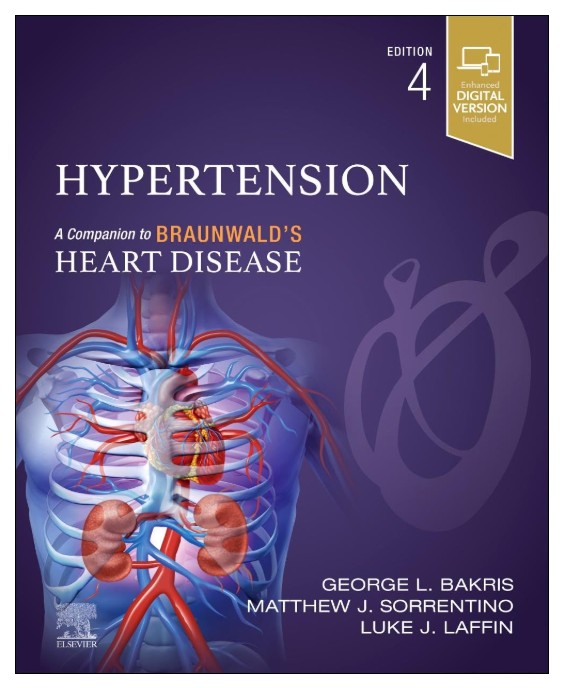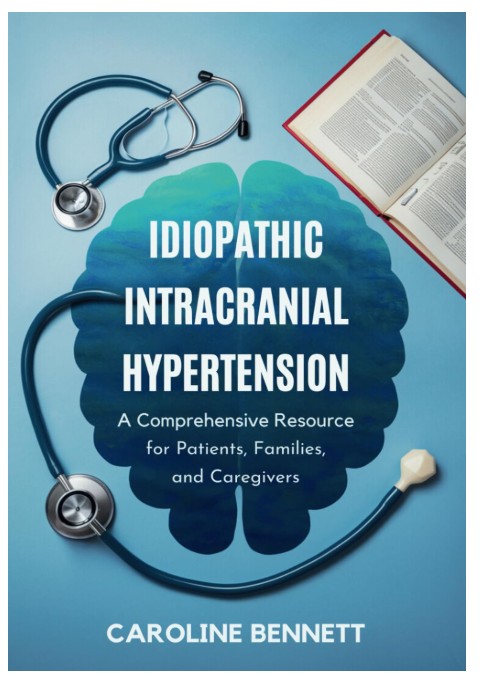Angina pectoris, commonly referred to as angina, is a medical condition characterized by chest pain or discomfort due to coronary heart disease. It occurs when the heart muscle doesn’t get as much blood as it needs, often resulting in a feeling of pressure or squeezing in your chest. The condition can be alarming and uncomfortable, but with recent advancements in treatment, managing angina has become more effective and efficient than ever before.
One of the most significant advancements in angina treatment is the use of enhanced medications. There are now drugs specifically designed to improve blood flow to the heart muscle, reduce the heart’s workload and relieve angina symptoms. These include nitrates, beta blockers, calcium channel blockers, ranolazine and antiplatelet drugs. These medications can be used alone or in combination depending on the patient’s specific needs.
Nitrates are one of the oldest and most commonly used treatments for angina. They work by relaxing and widening blood vessels, allowing more blood to flow to the heart muscle. In recent years, long-acting nitrates have been developed that provide relief for longer periods than traditional short-acting nitrates.
Beta blockers slow down your heartbeat and decrease its force which reduces your heart’s demand for oxygen while calcium channel blockers relax and widen blood vessels increasing blood flow to the heart muscle. Ranolazine is a newer medication that has been shown to effectively treat chronic angina where other treatments may have failed.
Antiplatelet drugs like aspirin prevent blood clots from forming thus reducing risk of heart attacks. More potent antiplatelet drugs such as clopidogrel are used in high-risk patients or those who have had stents placed in their coronary arteries.
In addition to these pharmacological advancements, there have also been significant strides made in surgical procedures that treat angina pectoris. Procedures like angioplasty with stent placement and coronary artery bypass grafting (CABG) have seen advancements in technology making them safer and more effective.
Angioplasty involves the insertion of a small balloon into a blocked artery to widen it and improve blood flow. This procedure is often accompanied by the placement of a stent, a small wire mesh tube, to keep the artery open. In recent years, drug-eluting stents have been developed that slowly release medication to prevent the artery from becoming blocked again.
CABG is another surgical option for angina where a healthy artery or vein from the body is connected, or grafted, to the blocked coronary artery. The grafted artery or vein bypasses (that is, goes around) the blocked portion of the coronary artery creating a new path for blood flow to the heart muscle.
In addition to these traditional treatments, researchers are exploring innovative therapies like gene therapy and stem cell therapy which could potentially revolutionize how we treat angina pectoris in future.
Gene therapy aims to stimulate growth of new blood vessels in heart tissue while stem cell therapy uses patient’s own cells to repair damaged heart tissue or grow new blood vessels. While these treatments are still in experimental stages, early results show promise for their effectiveness in treating angina.
In conclusion, while angina pectoris remains a serious health concern worldwide, advancements in treatment offer hope for better management of this condition. From improved medications and surgical procedures to promising experimental therapies, these developments are enhancing our ability to combat this disease and improve patients’ quality of life. Always consult with your healthcare provider about your treatment options if you or someone you know is suffering from angina pectoris.



